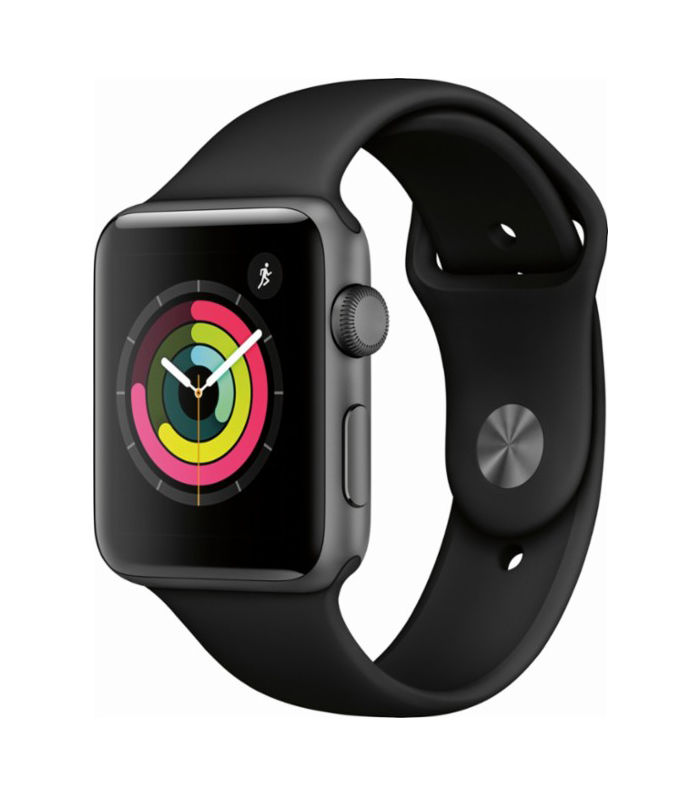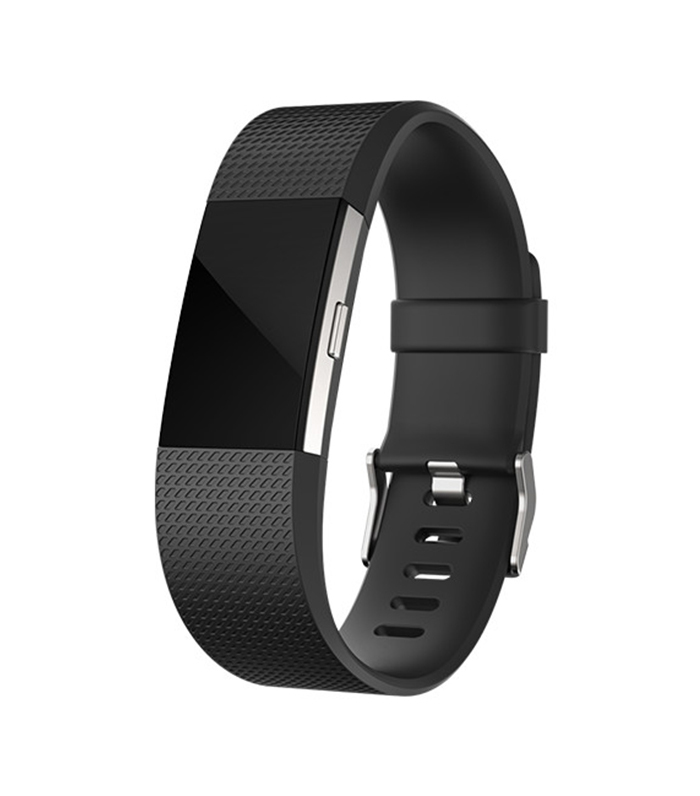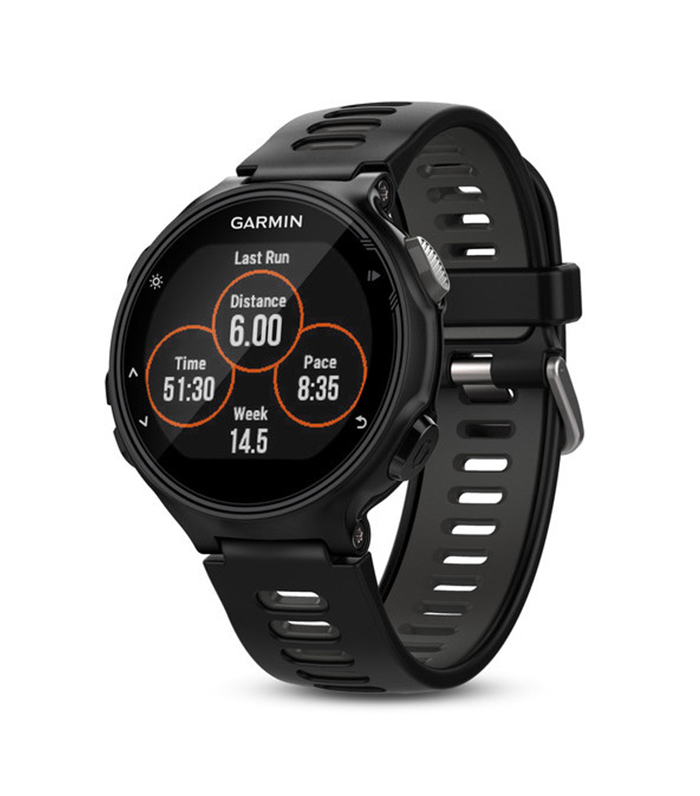4 Ways to Use Your Fitness Tracker You Hadn't Thought of Yet

Whether you already have a fitness tracker or are hoping to find one in your holiday gift pile this year, chances are you're looking for some additional insight into your workouts and activity habits. But if you're only using your tracker for step counts, you might be missing out on a wealth of useful data it has to offer. The market for fitness trackers is more competitive than ever, which means that most models offer exciting new features you might not even be aware of. With that in mind, we deferred to a fitness expert for her take on the lesser-known features you should definitely be utilizing—and why.
Keep reading to learn how to transform your fitness tracker into a bona fide personal trainer.
Monitor your heart rate
Okay—it's hardly an "unknown" feature. But if you're not taking advantage of tracking your heart rate, you could be missing out on some key insights into your workouts and daily routine. In addition to providing a more accurate picture of your calorie burn, monitoring your heart rate while you sweat allows you to see how hard you're actually working. Knowing which "zone" your heart rate falls under throughout—whether it's aerobic for endurance training or anaerobic for workouts like HIIT, for example—can also allow you to target certain fitness goals more closely.
"It's a great way to keep track of the intensity levels of all my workouts," says Robbie Ann Darby, fitness expert and founder of RAD Experience. "For example in running, after a very competitive half-marathon training season of trying to run a sub-two-hour time, I stopped tracking mileage and speed entirely. Instead I now track my heart rate to learn how to maintain 60% of my heart rate reserve on long runs and consequently haven gotten faster without the pressure of pushing to be faster."
Most fitness trackers now include heart-rate monitoring, and the insight and accuracy it provides is definitely worth the investment. Apple's Series 3 Watch ($329) allows you to look back at the peaks and valleys throughout your workout (and your day at large), as well as your average resting heart rate. Darby also likes the Fitbit Charge 2 ($130), which offers similar features at a lower price tag. "It has the heart-rate feature but also has a personalized activity tracking capability, so whether I'm doing weights, running, or yoga, I can see how my heart rate differs based on the particular exercise I'm doing," she says.
Utilize your GPS
If you're a runner (or hiker, or walker), the benefits of having a device to track your movements are fairly obvious: When used in conjunction with your heart-rate monitor, you can see how different routes challenge you in different ways. Tracking and saving your mile loops and whereabouts is certainly valuable while training for different races, but even if you don't have any half-marathons on the horizon, this data allows you to pick and choose your path on a given day based on your mood and/or fitness goals.
Many trackers (including the Apple Watch, Fitbit Charge, and Garmin's Forerunner 735XT, $350) now also include altimeters, so that you can also consider any elevation changes. Plus, Apple's latest Watch also includes cellular data, allowing you to make calls and send texts—and if you factor that in with the GPS, you can truly leave your phone behind and never worry about getting lost on a new running route.


Breathe, meditate, and relax
Most of us purchase fitness trackers for… well, fitness. But as more and more brands clamor to compete with all of Apple's bells and whistles, we're seeing extra features to round out a more holistic wellness experience. The Apple Watch, of course, tends to lead the charge on this: There's a built-in breathing reminder that nudges you to slow down every few hours, as well as plenty of compatible meditation apps that you can add to your interface.
Similarly, Darby likes the "Relax" setting on her Fitbit Charge. "It's a breathing prompt setting that you can do for two or five minutes," she says. "I especially loved to do this on the subway when I was living in New York, but now turn it on in Los Angeles when I am sitting in traffic. Those mini meditations go a long way."
Let your tracker keep you accountable
If you're taking advantage of it correctly, your fitness tracker can basically function as a personal trainer of sorts. That, Darby says, is why it's so important to choose one that truly fits your habits: You want a tool you'll want to use, so that you're inspired to be consistent. "No matter what your accountability needs may be, there is a tracker for you," she says. "The social media–savvy sweater may enjoy the Apple Watch since you can sync your iPhone apps to it and never miss a single alert. Or someone who's more of a minimalist may opt for the Fitbit Alta ($130) since it has a slim design and tons of interchangeable bands." No matter which one you land on, take the time to really play around with it and explore its different features. It just might be the best investment in your fitness routine that you've ever made.
Next up: Experts say that these are the best vitamins for anxiety.
Disclaimer
This article is provided for informational purposes only and is not intended to be used in the place of advice of your physician or other medical professionals. You should always consult with your doctor or healthcare provider first with any health-related questions.


